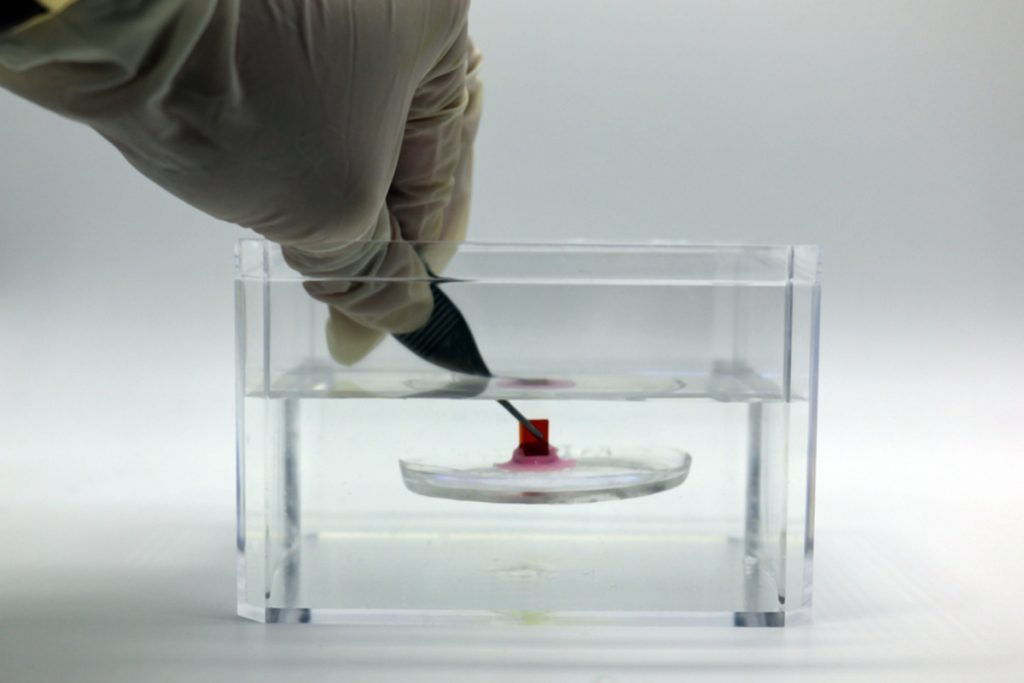In a remarkable feat of bio-inspired engineering, MIT researchers, along with collaborators, have developed a powerful adhesive that can cling to soft, wet biological tissues, much like the hitchhiking sucker fish, or remora, does in the ocean. In a statement obtained by MIT News, Giovanni Traverso, an associate professor of mechanical engineering at MIT, reveals, “Understanding the fundamental physics and mechanics of how this part of the fish sticks to another organism helped us to establish the underpinnings of how to engineer a synthetic adhesive system.”
The device, appropriately named MUSAS (mechanical underwater soft adhesion system), can maintain a stronghold for extended periods on slippery surfaces within the gastrointestinal tract, a location long proved challenging for the attachment of sensors or drug-delivery capsules. Adhering to the esophagus in an animal model, they were designed by the team to release HIV antiviral drugs or RNA and as sensors for gastroesophageal reflux disease (GERD). Working in wet or highly acidic conditions, MUSAS can also track aquatic environments, attaching itself to a swimming fish to monitor water temperature, as the fish swims at high speeds.
Key to this technology are structural adaptations mimicking those of the remora, featuring a disc lined with rows of lamellae creating individual suction compartments. Emulating nature, these synthetic versions have tiny microneedle-like structures meant to reach out at body temperatures, fortifying their hold with minimal invasiveness. The researchers found, having tested on pig stomach tissue and even inside a fish tank, that utilizing tilted rows of lamellae in the MUSAS design proved most effective for their purposes, according to the MIT News report.
The potential applications extend beyond environmental monitoring, with the team successfully integrating an HIV drug into the materials of the device for sustained release over a week. A further test showed the impressive capability to deploy RNA therapeutics, painting a promising future for various drug delivery and even vaccine administration, revealed in experiments on animal models. Giovanni Traverso’s lab is also exploring the use of this adhesive technology for electrical stimulation applications that may regulate appetite through hormone activation.
The implications of this discovery are significant, offering a new horizon for medical treatments that require prolonged and targeted delivery in challenging bodily environments. This innovation stands poised to enhance patient care for a range of conditions. Funding for the research was sourced from notable institutions including the Gates Foundation, MIT’s Department of Mechanical Engineering, Brigham and Women’s Hospital, and the Advanced Research Projects Agency for Health.

